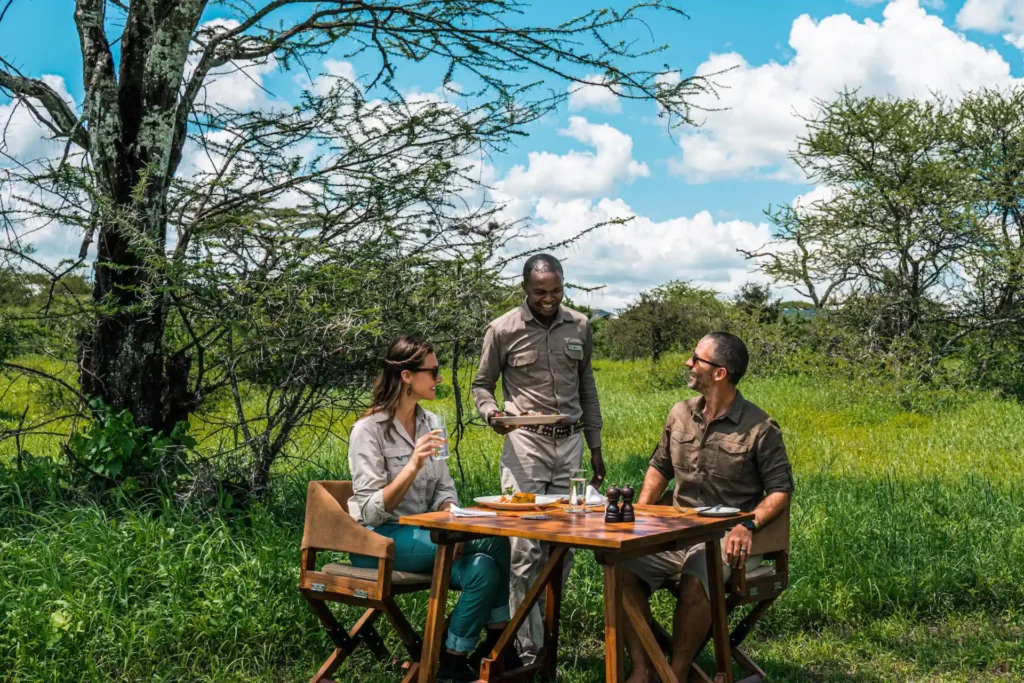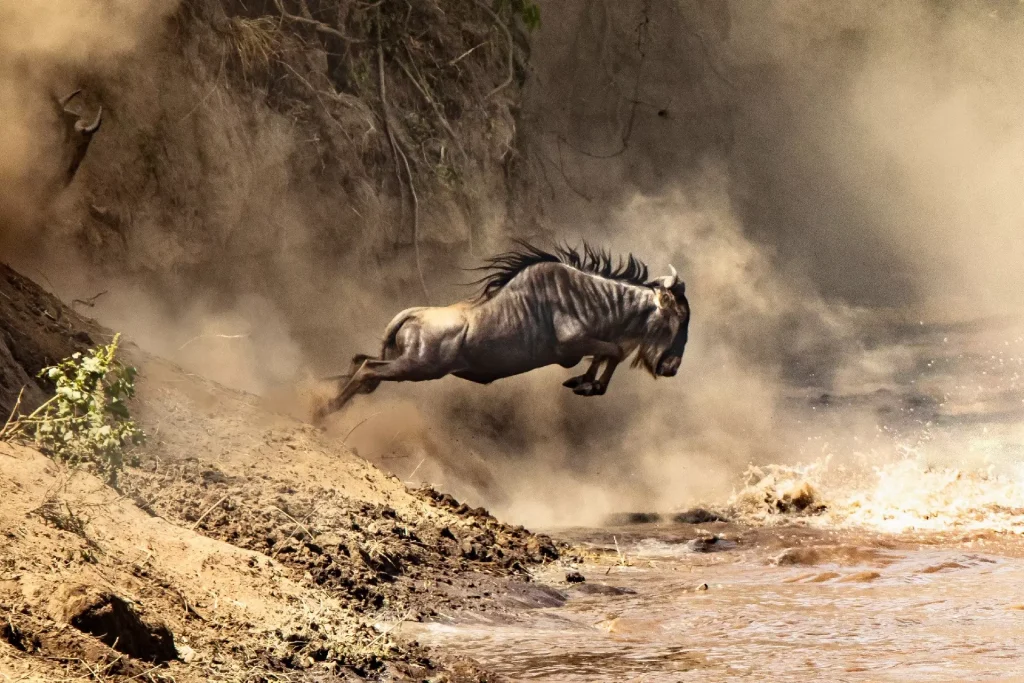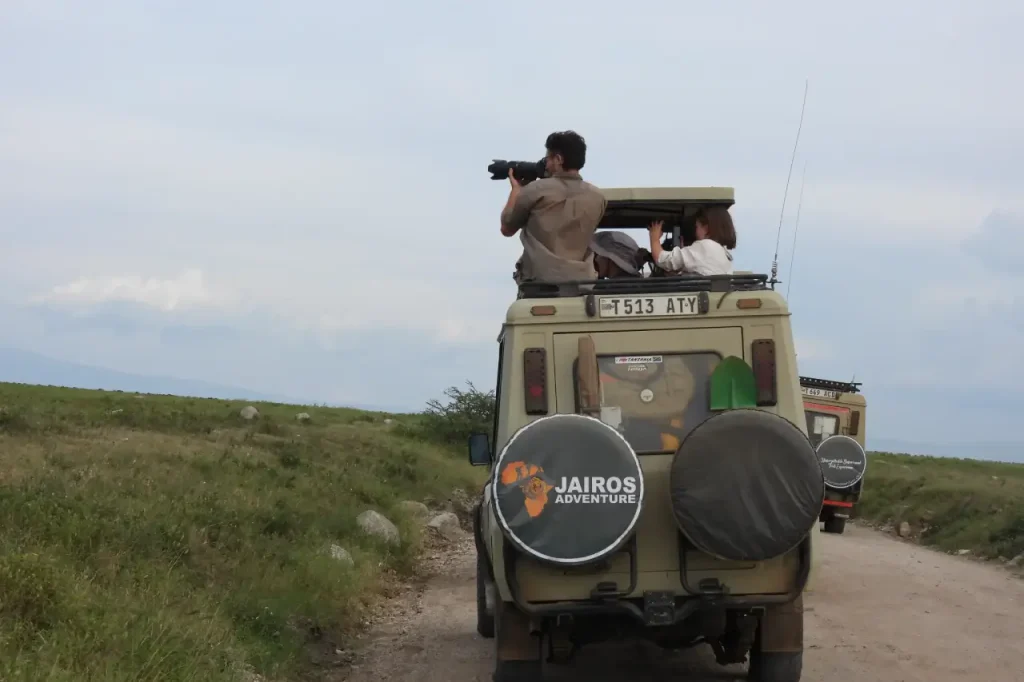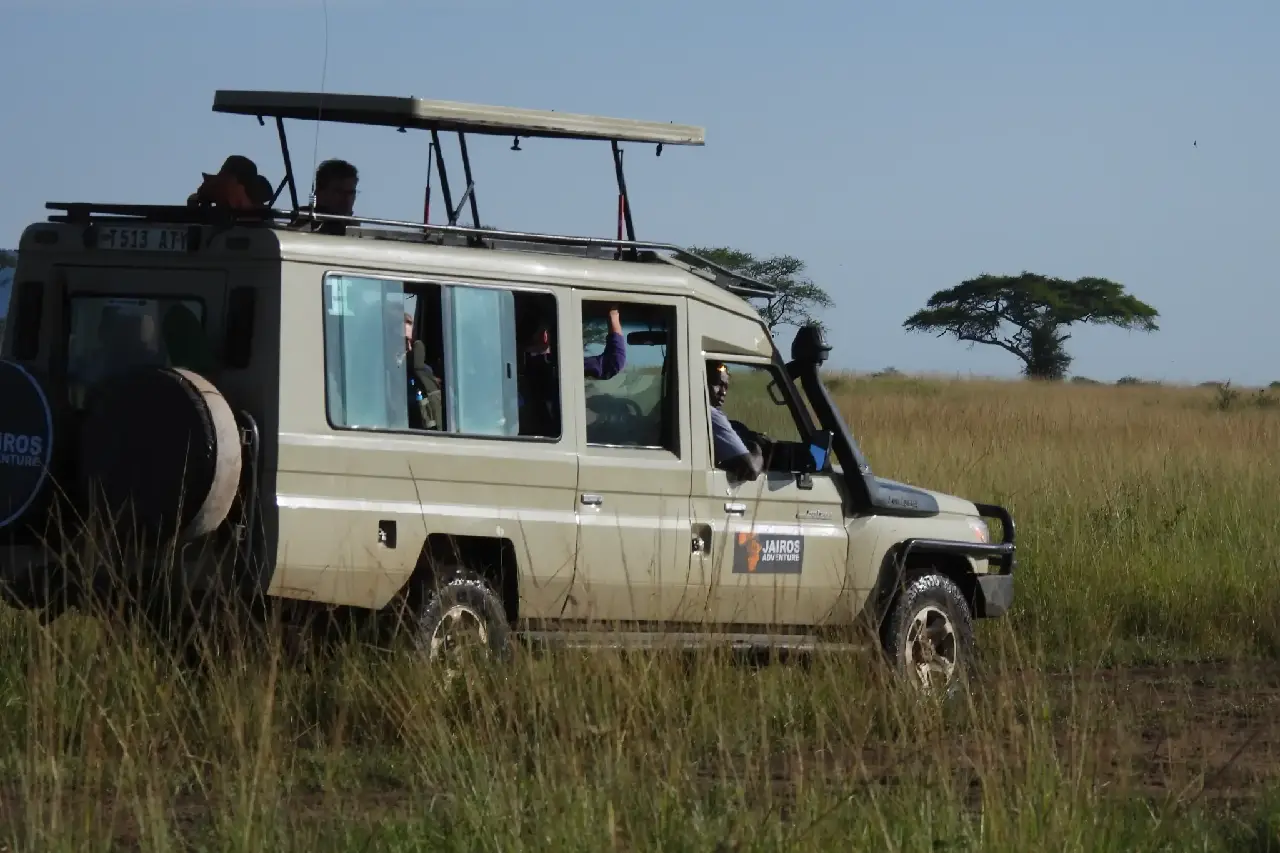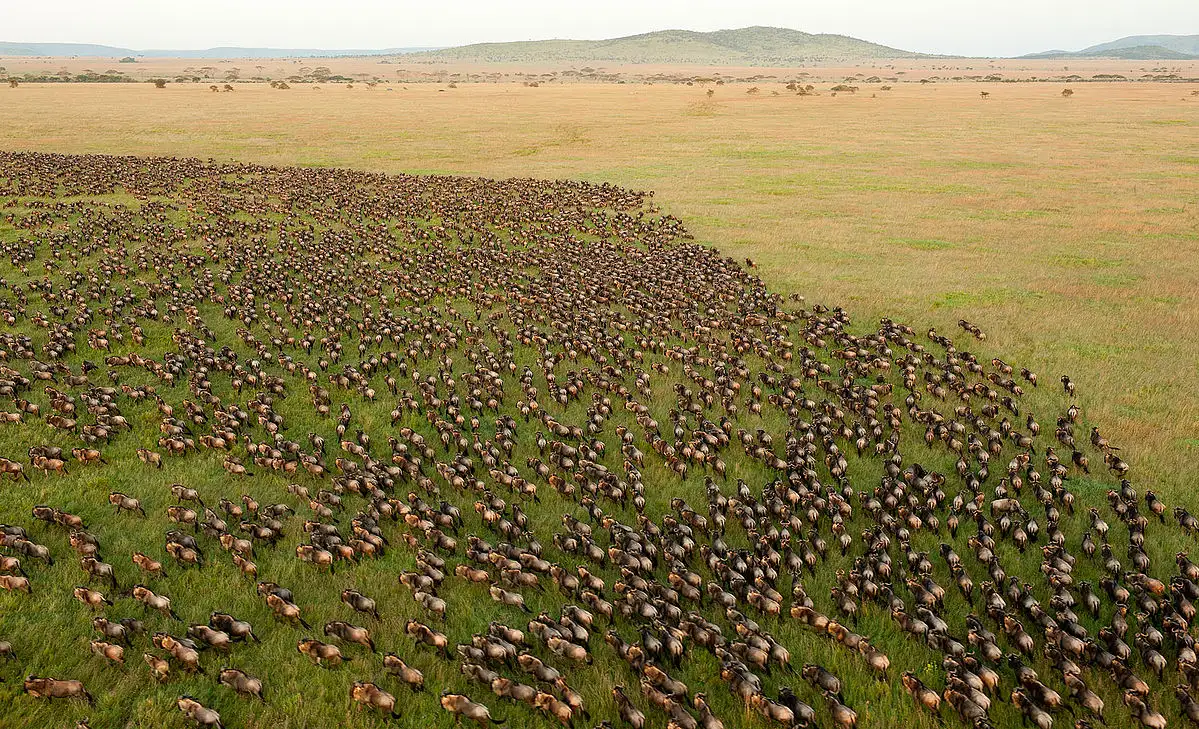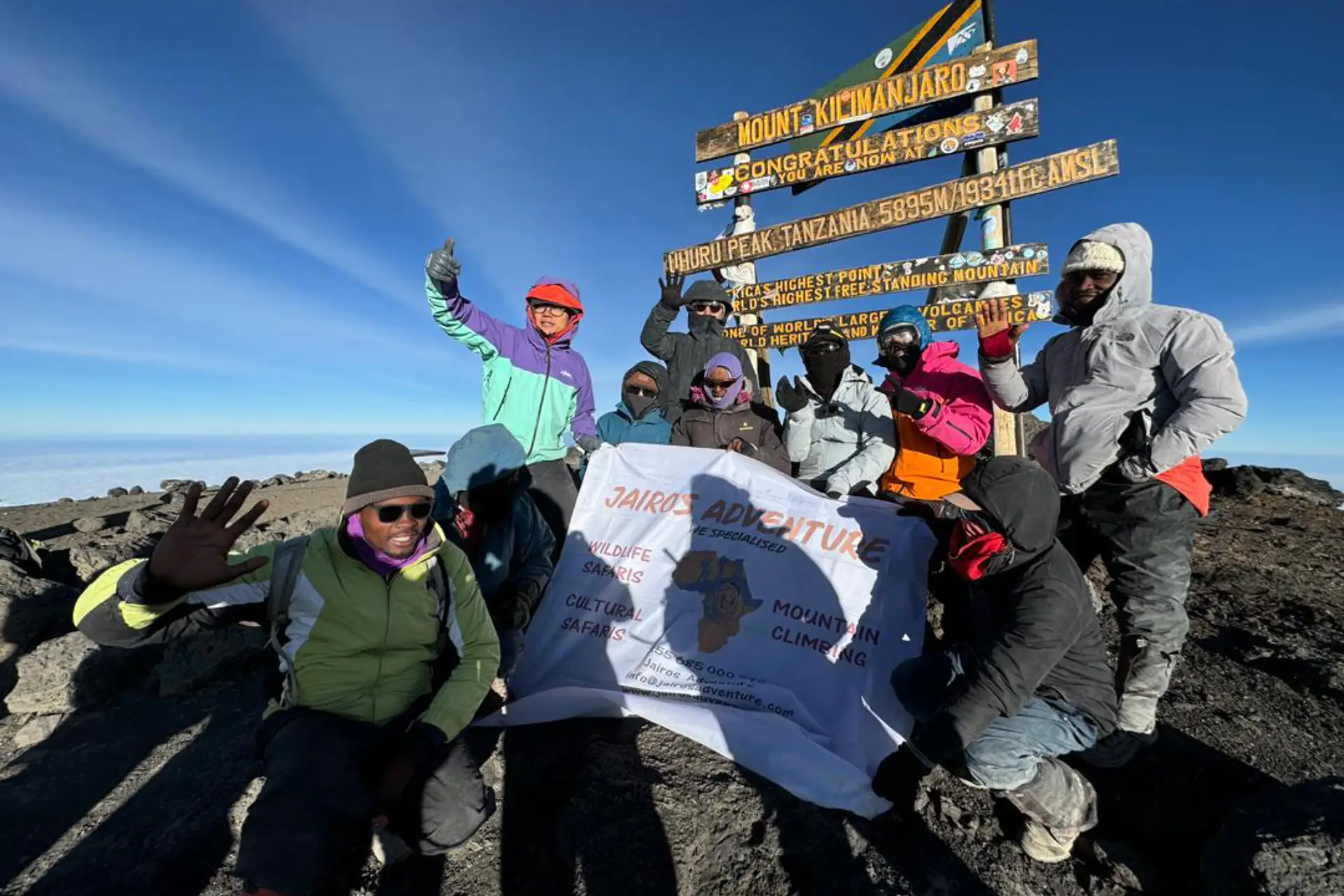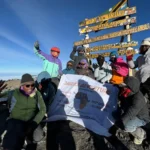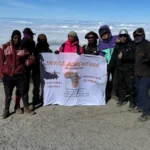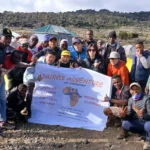Mountain Gorillas: Guardians of the Misty Forests
Mountain gorillas, one of the world’s most extraordinary primates, are a symbol of resilience and beauty in the natural world. Found only in the dense forests of East and Central Africa, these gentle giants captivate the hearts of those lucky enough to encounter them. In this article, we explore the fascinating world of mountain gorillas, their habitat, behavior, and the ongoing efforts to protect them.
Where Mountain Gorillas Live
Mountain gorillas (scientific name: Gorilla beringei beringei) inhabit the mist-shrouded forests of the Virunga Mountains, which stretch across Uganda, Rwanda, and the Democratic Republic of Congo, and Bwindi Impenetrable National Park in Uganda. These high-altitude forests, located between 8,000 and 13,000 feet above sea level, provide a lush, cool environment ideal for their survival.
Physical Characteristics and Behavior
Mountain gorillas are a subspecies of the eastern gorilla and are easily distinguished by their thick fur, which helps them withstand cold mountain temperatures. Adult males, known as silverbacks, are particularly striking due to the patch of silvery-gray hair on their backs. They can weigh up to 430 pounds and reach heights of 5 to 6 feet when standing upright.
Social Structure
Mountain gorillas live in tight-knit family groups led by a dominant silverback, who is responsible for the group’s protection and coordination. A typical group includes several females, their offspring, and sometimes subordinate males. These groups are highly social, with strong bonds fostered through grooming and close proximity.
Diet and Daily Life
Mountain gorillas are primarily herbivorous, feeding on leaves, stems, bamboo shoots, and occasional fruits. They spend much of their day foraging and resting, moving within their home range to find food. Despite their size and strength, mountain gorillas are gentle and non-aggressive unless threatened.
Why Mountain Gorillas Matter
Mountain gorillas play a crucial role in their ecosystem. As they move through the forest, they help disperse seeds and maintain the health of the vegetation. Beyond their ecological importance, they are a significant draw for ecotourism, which contributes to the conservation of their habitats and benefits local communities.
Threats to Mountain Gorillas
Despite their majestic presence, mountain gorillas face numerous threats:
- Habitat Loss: Human encroachment and agricultural expansion have reduced their forest habitats.
- Poaching: Although not hunted for food, gorillas can fall victim to snares set for other animals.
- Disease: Close genetic ties to humans make gorillas susceptible to illnesses like respiratory infections.
- Political Instability: Conflicts in the region pose risks to gorilla populations and conservation efforts.
Conservation Efforts
Thanks to dedicated conservation efforts, the mountain gorilla population has shown signs of recovery, increasing from fewer than 700 individuals in the early 2000s to over 1,000 today. Key initiatives include:
- Protected Areas: National parks like Bwindi Impenetrable and Volcanoes National Park offer safe havens.
- Ecotourism: Regulated gorilla trekking brings in funds that support conservation and local communities.
- Anti-Poaching Measures: Rangers and patrols work tirelessly to remove snares and deter poachers.
- Community Involvement: Programs that engage local people in conservation ensure long-term success by providing alternative livelihoods
Gorilla Trekking: A Life-Changing Experience
For those seeking a profound connection with nature, gorilla trekking is an unforgettable adventure. Trekking permits, though costly, play a vital role in funding conservation efforts. Visitors are guided by expert trackers who lead them through dense forests to observe gorilla families in their natural habitat. The experience is both awe-inspiring and humbling, leaving trekkers with a deep appreciation for these incredible creatures.
The Future of Mountain Gorillas
While their numbers are slowly increasing, mountain gorillas remain critically endangered. Continued efforts are essential to address the challenges they face and ensure their survival. Supporting conservation organizations, visiting responsibly, and spreading awareness are just a few ways to contribute.
Mountain gorillas are not just a treasure of the African wilderness; they are a testament to the power of conservation. By protecting them, we safeguard not only a species but the intricate ecosystems they call home. Their survival is a shared responsibility—one that inspires hope for the future of our planet.

